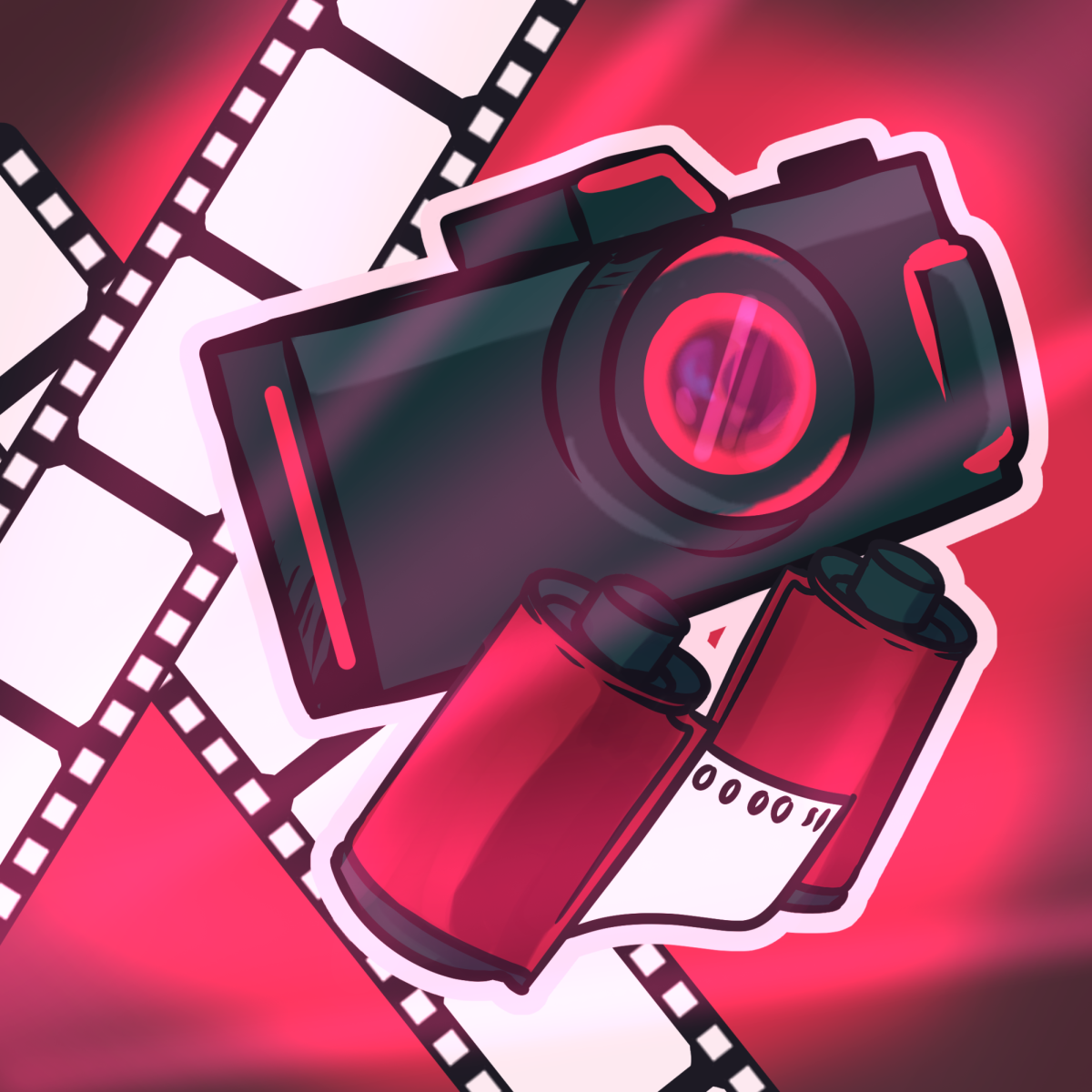The Harry Potter movie franchise has always been flawed, both for casual viewers and die-hard, ultra-critical fans of the book. Screenwriter Steve Kloves usually manages to anger the die-hards by watering down plot points, misattributing character motivations and inventing his own uninspired dialogue where J.K. Rowling’s would have served infinitely better. At the same time, Kloves often confuses casual moviegoers by providing abysmally muddled plot exposition.
Similarly, when watching “Harry Potter and the Deathly Hallows” — part one in a two-part volume — average viewers with little experience with the book’s intricate plot will often find themselves lost. It’s clear the filmmakers have assumed audiences are familiar enough with Harry’s story and done away with some of the trickier exposition. However, seasoned Potter fans will not only be able to follow the story, they will finally fully recognize the spirit of Rowling’s beloved characters embodied on film. For fans, “Harry Potter and the Deathly Hallows” will certainly be lauded both as the most faithful and the most stylistically stunning of the franchise.
Warner Bros.’ decision to split the final installment into two separate films is surely a factor in the noticeable increase in quality. Many cynically regard the move as a marketing ploy designed to milk as much money from the finale as possible, as it may well have been. However, splitting the film into two volumes has creatively liberated Kloves and director David Yates. No longer pressured to pack an entire book’s worth of complex plotting, intense haracterization and bewitching visuals into a single film, Yates has seized the opportunity to make part one of “Deathly Hallows” a contemplative character study.
The film is considerably more leisurely than its predecessors, which all sacrificed character development in favor of cramming in as many of Rowling’s complex plot twists as possible. As a result, most of the series’ incredibly nuanced and fully formed characters — Sirius Black, Remus Lupin, Severus Snape and yes, even the crucial figure of eminent headmaster Albus Dumbledore — are reduced to two-dimensional cardboard cutouts that merely serve to help Harry defeat whatever manifestation of Lord Voldemort faces him that year.
“Deathly Hallows” brilliantly breaks this tiresome pattern. Yates dedicates most of his generous time allotment fleshing out central characters, most notably the iconic trio of Potter, Ron Weasley and Hermione Granger. It’s a brave move, considering the young actors that have portrayed the trio since before they hit puberty haven’t always delivered the most consistently convincing performances. In particular, Daniel Radcliffe as Potter sometimes appeared awkward and unnatural in his more emotional scenes, and Emma Watson had an unfortunate tendency to overact as Hermione.
Here, too, “Deathly Hallows” is a standout among past installments. Each young actor has exceeded all expectations and is finally performing on par with the adult British acting legends — Helena Bonham Carter, Gary Oldman, Bill Nighy and Alan Rickman, among others — they work alongside. “Deathly Hallows” is the first film in which all three leads truly embody their counterparts from the books. Radcliffe seems infinitely more comfortable on camera, Watson tones down her performance to great effect, and Rupert Grint as Ron has easily shed the class clown act and taken on his more serious role with grace.
“Deathly Hallows” is undeniably a road movie. The three young heroes are often adrift and aimless in the wilderness, passively buffeted along their path by various dark forces at work as they attempt to seek and destroy the elusive horcruxes, each containing a portion of Voldemort’s soul. Their destruction will render Voldemort mortal and defeatable. Adventures at Hogwarts are a thing of the past; the three don’t even step foot in the iconic castle this time around, a considerable departure from Rowling’s previous formula.
The installment cuts down on the clunky, awkwardly rushed transitions of previous films and allows for some incredibly compelling character moments. A quietly poignant scene invented by Kloves for the movie in which a hopelessly lost Harry and Hermione share an emotionally charged dance is especially affecting.
The humor of Harry Potter is also at its best here — no longer do gags feel forced as they occasionally have in the past. Comedy is juxtaposed expertly with tragedy, making “Deathly Hallows” the franchise’s most emotionally dynamic film.
As confusing as “Deathly Hallows’” plot may be for the average viewer, casual fans and super-fans alike will appreciate the film’s emotional and visual flow, outstanding performances and arresting landscapes. The tragic cliffhanger ending will leave audiences desperate for part two of “Deathly Hallows.”
—
Grade: A



















